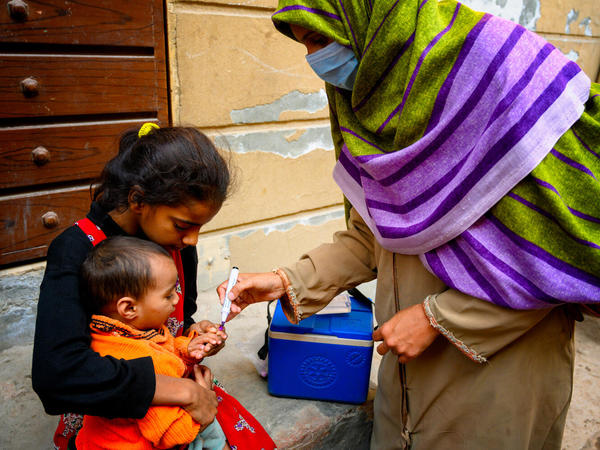Barriers are the behavioural or operational reasons that lead to a child being unvaccinated.
Now that your audience is segmented, it's time to identify the issues negatively impacting the desired behavior for each one, and where they can be addressed through communication. This may require further research and community dialogue but by identifying barriers for each audience segment and sub-segment, you are one step closer to designing your communication plan, and determining what key messages and activities are necessary for the interventions.
There are two primary categories where vaccination compliance breaks down. The first is situational, meaning there is an externalized challenge to overcome, such as lack of awareness, or a complicated security environment. The second is attitudinal, when challenge is internalized on the part of the caregiver or community, and requires a nuanced approach to motivate behavior.
As you move forward, consider this basic analysis of dividing your audience into broad Acceptor, Rejector and Mobile categories and identifying both situational and attitudinal barriers.
Learn more
Explore the other two learning modules in this 3-step tutorial to design evidence-driven communication strategies to help vaccinate every child.
Integrate communications tactics and understand their strengths and weaknesses, then evaluate performance.
You cannot do everything and your ability to prioritize your interventions and target behaviours is paramount. One simple way to do this is to evaluate importance of the behavior and its changeability.



